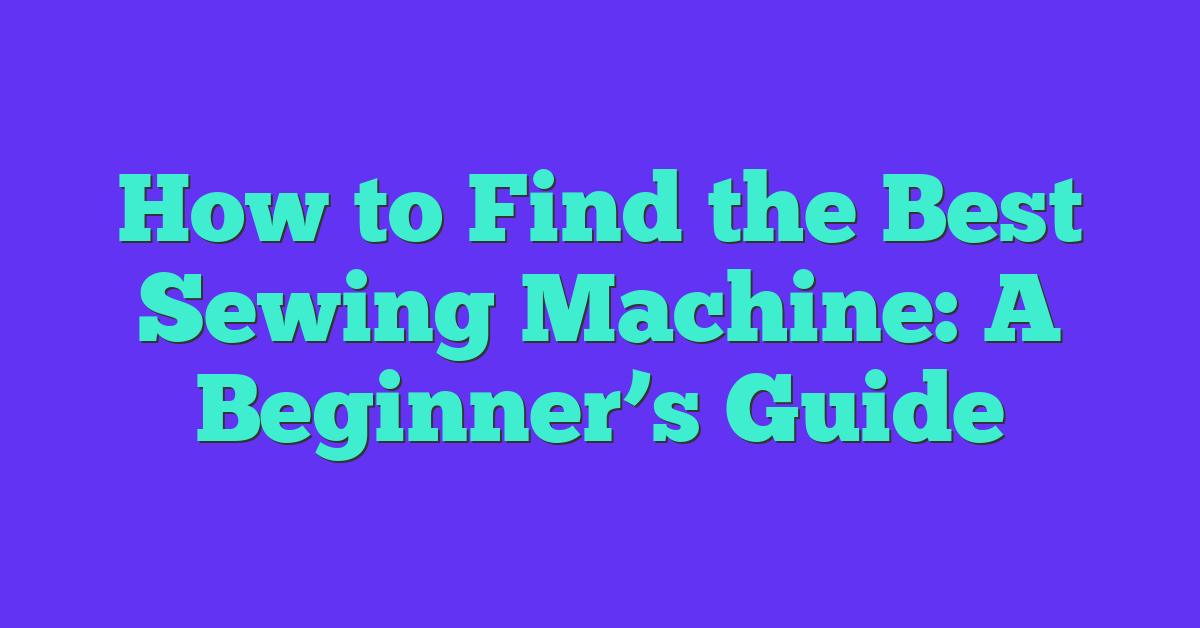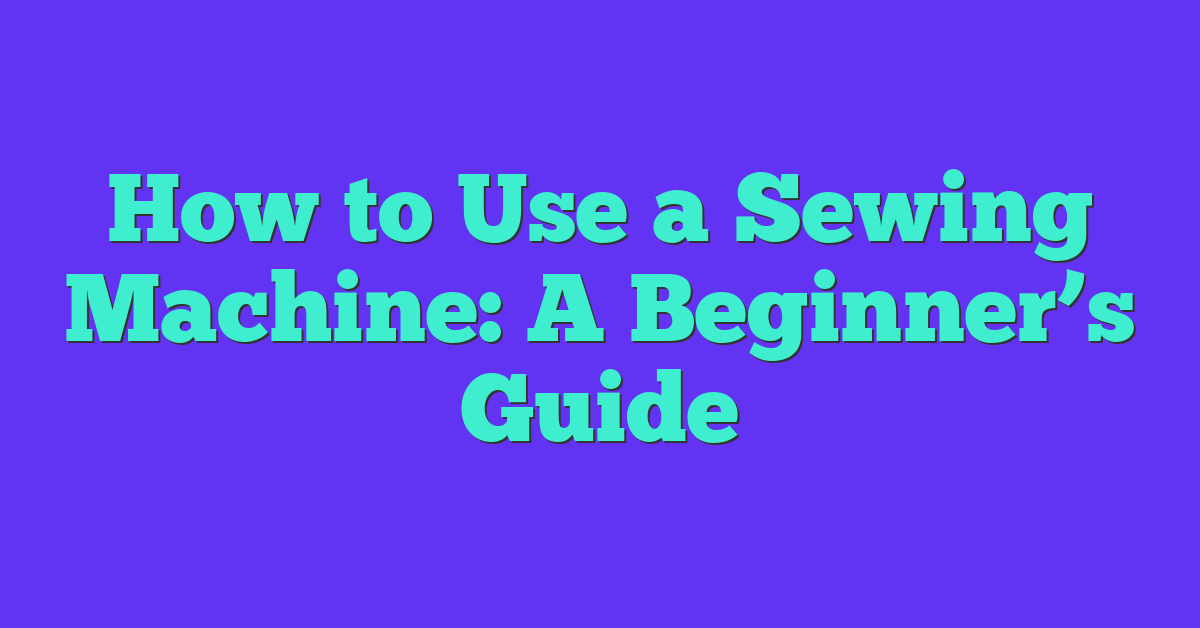If you’re looking to elevate your style, mastering the French cuff technique is a game changer. This classic detail not only adds a touch of sophistication to your outfit but also showcases your attention to detail. I remember the first time I tried it—how a simple twist of fabric transformed my look from ordinary to extraordinary.
French cuffs are more than just a fashion statement; they reflect a sense of elegance and confidence. Whether you’re dressing for a formal event or just want to stand out in the office, knowing how to wear and style French cuffs can make all the difference. Let’s dive into the art of mastering this timeless technique and discover how it can enhance your wardrobe.
Understanding French Cuffs
French cuffs, also known as double cuffs, represent a stylish detail in the tailoring of dress shirts. Their unique design adds a polished touch to attire, making them ideal for both formal and casual occasions.
History of French Cuffs
French cuffs trace their origins to the 16th century when they began as simple closures. Initially, these cuffs featured lace and embroidery, often showcasing intricate craftsmanship. By the 19th century, French cuffs gained popularity in men’s fashion, evolving into a staple for eveningwear and formal events. This style reflected sophistication, with gentlemen proudly displaying cufflinks as decorative elements.
Types of French Cuffs
French cuffs come in various styles, each offering a distinct aesthetic. Here are a few common types:
- Classic French Cuffs: Traditional, with a clean, folded back design; perfect for formal suits.
- Rounded French Cuffs: Feature rounded edges, creating a softer look; ideal for both business and casual settings.
- Contrasting French Cuffs: Use a different fabric or color from the shirt body, adding visual interest and flair.
- Embellished French Cuffs: Include decorative elements such as embroidery or patterns, suitable for a more personalized touch.
Each type of French cuff contributes to the versatility of this timeless fashion feature, enhancing both elegance and individuality in attire.
Benefits of Mastering the French Cuff Technique
Mastering the French cuff technique offers numerous advantages that enhance both style and practicality. By incorporating French cuffs into my wardrobe, I’ve experienced a noticeable transformation in my outfits and overall confidence.
Style and Elegance
French cuffs instantly elevate the visual appeal of an outfit. These sophisticated details create a polished finish, making casual ensembles look refined and formal wear even more distinguished. I appreciate how French cuffs pair seamlessly with various shirt styles, adding a touch of elegance that commands attention. My experience shows that wearing them can make a powerful statement in professional settings and formal events alike.
Versatility in Fashion
French cuffs showcase remarkable versatility across different occasions. They suit a range of styles, from classic to contemporary, effortlessly blending with accessories like cufflinks. Whether dressing for a business meeting or a celebratory dinner, I find French cuffs adaptable enough to fit various dress codes. Wearing them with different fabrics and patterns allows for creative expression, making each outfit unique and tailored to my personal style.
Steps to Master the French Cuff Technique
Mastering the French cuff technique involves specific steps to ensure a polished and stylish look. Following these instructions provides clarity and confidence in wearing French cuffs effectively.
Choosing the Right Shirt
Choosing the right shirt starts with selecting the correct fabric and fit. Look for shirts made with high-quality cotton, silk, or blends that allow for comfortable movement. Opt for a fitted or tailored style to enhance the cuff’s sharpness. Pay attention to the cuff’s design; classic options with wider openings complement cufflinks best. Check if the cuff’s length accommodates your wrist size without being too loose or tight.
Folding and Pinching
Folding and pinching the cuffs correctly ensures they look crisp and aligned. First, slide your hands into the shirt sleeves before buttoning. Fold each cuff back towards the wrist until it overlaps, creating a layered look. Pinch the folded cuff tightly at the midpoint, securing the two layers. Hold this pinch as you adjust the cuff’s position on your wrist for a balanced appearance. A well-folded cuff elevates the overall ensemble and enhances the shirt’s elegance.
Properly Setting the Cufflinks
Properly setting cufflinks enhances their visual impact. Start by aligning both cuffs together. Insert one end of the cufflink through the buttonholes of the cuff layers, ensuring the decorative part faces outside. Push the cufflink through until it reaches the other side. Choose cufflinks that match other accessories or add a pop of color. Secure each cufflink by pressing it gently to ensure it sits tightly without being overly forced. A well-set cufflink pulls your entire look together and showcases your attention to detail.
Common Mistakes to Avoid
Mastering the French cuff technique enhances your style, but several common mistakes can hinder your success. Here’s a detailed look at the errors to steer clear of.

Incorrect Fold Techniques
Folding the cuffs improperly compromises their intended elegance. Ensure you fold the cuffs evenly, maintaining a smooth edge. Pinching the fabric correctly while aligning it with the sleeve creates a crisp, polished appearance. Avoid rushing the folding process; take time to achieve precision. If you miss this step, the cuffs might look lumpy or uneven, detracting from the sophistication you’re aiming for.
Choosing Incompatible Cufflinks
Selecting incorrect cufflinks affects both functionality and style. Cufflinks must complement the shirt and suit for a cohesive look. Ensure the size and style match the cuff design; oversized or overly ornate cufflinks can overwhelm simpler cuffs. Stick to cufflinks that fit snugly in the cuff’s holes to avoid looseness, which can cause discomfort and detract from the overall appeal. If you opt for mismatched styles, your outfit may appear disjointed rather than polished.
Conclusion
Mastering the French cuff technique has truly changed the way I approach my wardrobe. It’s amazing how such a small detail can make a big difference in my overall style. I love how French cuffs add that touch of sophistication and elegance to any outfit.
Whether I’m dressing up for a special occasion or just heading to the office, they always make me feel more put together. I encourage you to give this timeless style a try. With a bit of practice and the right cufflinks, you’ll find that French cuffs can elevate your look in ways you never imagined. So go ahead and embrace this classic technique—you might just discover a new favorite in your fashion arsenal!

















